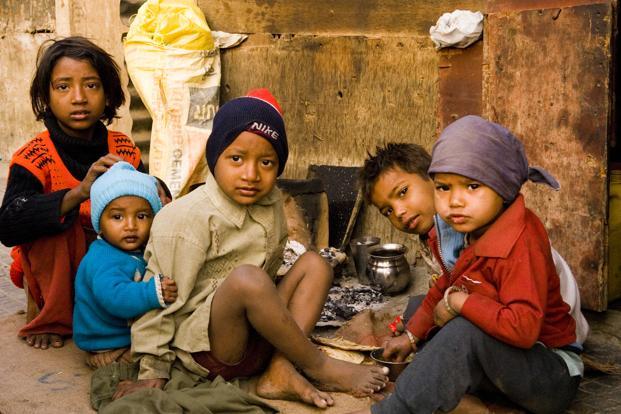Karnataka accounts for about 6% of India’s national income. The state’s strong industrial base, rich mineral resources towards the north and an extremely vibrant information technology (IT) sector have made it one of India’s leading investment destinations. However, growth has been lopsided and concentrated in only a few locations; about one-third of the state’s income comes just from Bengaluru district.
Moreover, the benefits of growth have not percolated to all sections of the population and the Tendulkar committee poverty estimates show Karnataka as having the highest level of poverty among the southern Indian states. Rapid growth of the IT sector and integration of Karnataka with the global economy have opened up a large array of opportunities for the people in the state. Moreover, the agriculture sector has also seen improvement, especially in the cash crops segments. These have paved the way for large multinational companies and corporate houses to set up operations in the state.
However, much of this expansion and, especially that of the IT sector, still remains restricted to a few locations. Our spatial analysis suggests stark inequality in terms of economic opportunities available within the state. So, while there is a comparatively low poverty rate in the IT-developed districts, like Bangalore, Mysuru and Udupi, small pockets of high poverty are seen within these districts also.
At the same time, mineral-rich northern Karnataka has among the highest poverty rates, some not very different from those observed in northern and eastern India. We find that proximity to mines shows up as an important correlate of poverty. Karnataka is known for its rich mineral resources, and the mineral belt covers an area of 1.92 lakh sq. km. These are not new discoveries and have been known for some time, and have even contributed to the manufacturing investment in the state.
Yet, these same areas, namely the rich mining districts as Ballari, Kolar, Hosapete, Bagalkot and Chitradurga show inordinately high levels of spatial poverty. This high-poverty mining versus low-poverty IT sector is among the most curious aspects of development in Karnataka. It is well known that the IT sector is unable to directly benefit the large masses of the less educated and underprivileged people of India.
A sector like mining, on the other hand, can readily provide employment to thousands of uneducated and underskilled people. One would have expected that poverty should be less visible around mining establishments. But spatial analysis proves otherwise. What could be the reason? On the one hand, mining areas do tend to have a significant inflow of unskilled labour from within Karnataka as well as from other states.
Their lives remain dependent on the condition of the mines. The illegal mining scam that was uncovered by the Karnataka Lokayukta in its 2011 report which resulted in the closure of a large number of mines adversely affected the lives of people in these areas. However, at the same time, it is well known that the conditions of workers in the mining sector have for decades been relatively stagnant and close to subsistence levels, not just in Karnataka, but across most of the country.
Thus, on one side, we find low poverty rates in the IT-developed districts, where trickle-down benefits do appear—growth of the IT and business process outsourcing (BPO) sectors has helped not only in job creation but also in the growth of many other subsidiary and ancillary industries, thus having a multiplier effect in the overall growth of the economy. On the other side, development in the mining-rich districts appears hijacked by a few. Illegal mining practices and corruption have only led to the emergence of a thin strata of rich elite in the state.
The link between poverty and historically marginalized groups—Scheduled Castes and Scheduled Tribes—is a standard story across all states. Despite the constitutional privileges given to the minority groups, a large section continues to remain in severe poverty. Group dominance plays an important role in participation in growth and distribution and improving the level of living. It has been seen that the benefits of economic growth have always taken time to reach the marginalized group.
A large proportion of this segment lies in the western and northern parts of the state where poverty is more endemic. Our spatial analysis shows a strong link between poverty and barren land. These areas have significant problems of harsh environment and economic hardship. Another major challenge facing the agriculture sector in Karnataka is mainstreaming the vast drought-prone/rain-fed areas.
The presence of rain-fed regions, compounded by frequent climatic aberrations of floods and droughts, has often pushed families in the agriculturally-rich zone to severe poverty. Our concept of spatial poverty that can be identified and measured via remote sensing allows us a far greater set of policy insights, as it allows relating poverty to the environment that gives rise to and sustains it.
Laveesh Bhandari and Minakshi Chakraborty are economists based in New Delhi. The views of the authors are their own and not those of the organizations with which they are associated.

